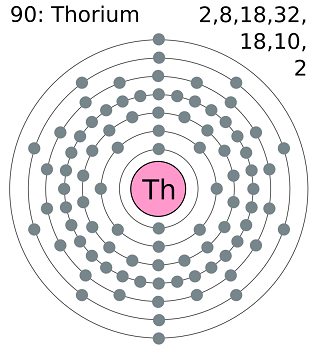Climate Disruption, Renewable Energy, and Advanced Nuclear

The short answer is no. Yes, we can (and must) cut back on the 27 gigatons of CO2 we’re pumping into our atmosphere each year, mostly from the combustion of fossil fuels. But, from antropogenic sources, we’ve already added about 500 gigatons over the last 100 years, and our oceans sequester only about 0.3 gigatons annually.
Winning this game will require developing vast amounts of renewable, carbon-free energy, which is why we should be committing to implementing solar and wind at a huge rate, but advanced nuclear as well. Molten salt reactors based on thorium could be the single most important energy-related development in human history, and may come along just in time to avert catastrope.
